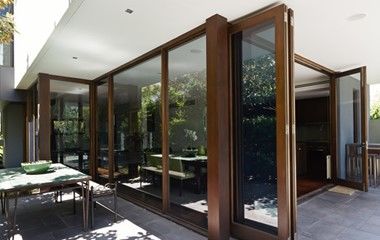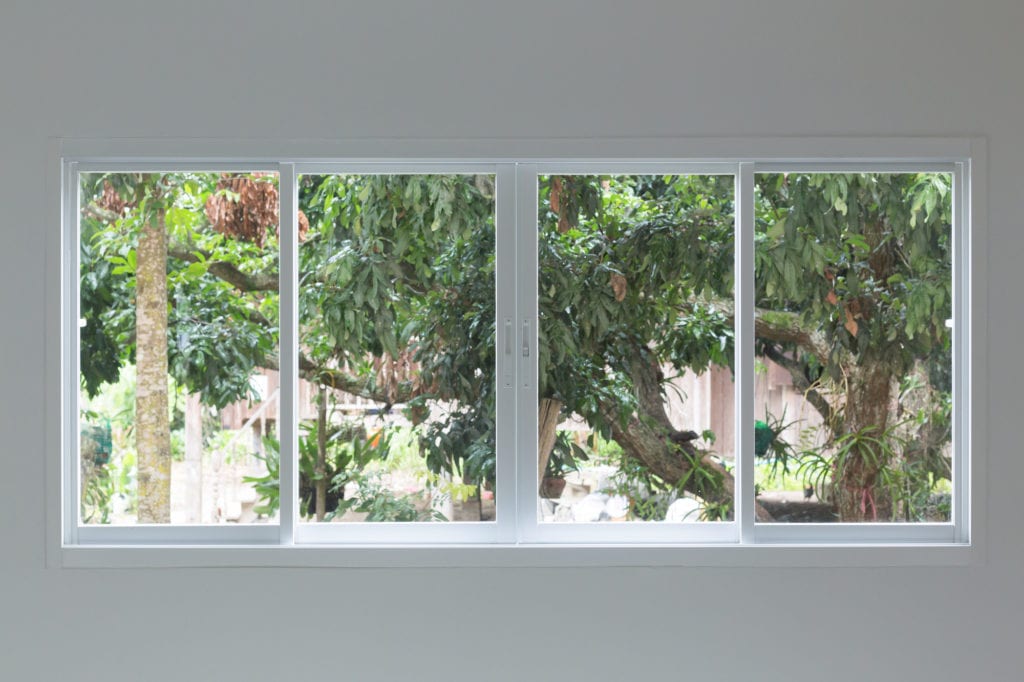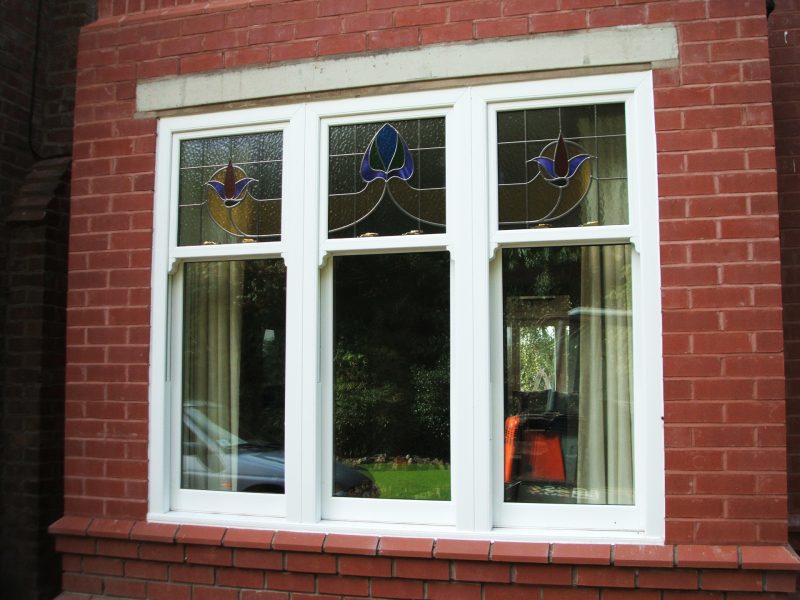All Categories
Featured
Table of Contents
Sustainability in Balcatta WA
Laminated glass is frequently used in areas in the home most susceptible to injury from human impact such as bathrooms, doors, around staircases and in areas near to the flooring (it satisfies the requirements of 'safety glass' that is mandated for usage in these locations by Australian Standard AS 1288 Glass in buildings).
Toughened glass has actually been 'tempered' by being reheated and rapidly cooled once again. This process makes it much more powerful than standard glass it can resist greater impact loads prior to breaking. It also makes it safer because, when it does shatter, it breaks into numerous little cubic pieces instead of dangerous fragments.
Glass & Glazing - Easy Windows Upvc Double & Triple ... in Cloverdale Perth
Nevertheless, toughened glass has no thermal or acoustic advantages over other glass of the exact same toning or density. Secondary glazing is where single-glazed windows are retrofitted with a transparent acrylic or glass sheet connected to the inside of the frame or openable sash with a secondary frame or with magnetic strips.


Secondary glazing will not carry out too thermally as a produced IGU, considering that it is difficult to totally seal the boundary, however it can provide good sound control. Window films are a thin polymer film including an absorbing dye or reflective metal layer, with an adhesive backing. They adhere to your glazing to alter its colour or make it reflective.
Which Type Of Double Glazed Window Frame Is Right For You? in Innaloo WA
Applied to existing glass, some window films can halve the total SHGC of the window by taking in and/or reflecting solar radiation. This can be particularly useful in hotter climates where cooling is the primary issue, or on east and west elevations directly exposed to long periods of sunlight. Nevertheless, window films might likewise decrease noticeable light transmittance.

For this factor, it is generally best to utilize a recognized installer of window movie. Frames have a substantial impact on the thermal efficiency of doors and windows, because energy can be acquired and lost through the frame, as well as through the glass. Various kinds of frame will allow different levels of heat gain and loss, so cautious choice of frame is necessary for efficient passive style.
Top 10 Tips To Keep Your Home Cool in Belmont Perth
Aluminium is likewise a very great conductor of heat and will reduce the insulating value of a glazing unit, unless particularly crafted to reduce this. A 'thermally broken' frame is comprised of 2 aluminium sections connected by a structural insulator (typically a low-conductivity structural polymer). This 'breaks' the thermal connection through the aluminium and lowers the heat streaming through the frame.
Lumber frames are an excellent natural insulator that can fit some house styles. Wood frames need to be made from types that have naturally high resilience or be dealt with to avoid decay and deformation.
Why Install Stunning Double Glazing Windows During Summer? in High Wycombe Perth
(weather removing) is installed.
u, PVC doors and windows have outstanding thermal performance Picture: Ben Wrigley (Light House Architecture and Science) Composite frames utilize aluminium profiles on the external sections with either a lumber or u, PVC inner area. These integrate the low maintenance and resilience of aluminium with much enhanced thermal efficiency.
Table of Contents
Latest Posts
Energy Efficient Windows At Everest in Lakes Perth
Single Vs Double Vs Triple - Which Window Is Right For Your ... in South Fremantle Western Australia
How Are Double Glazed Windows More Energy Efficient? in Safety Bay Western Australia
More
Latest Posts
Energy Efficient Windows At Everest in Lakes Perth
Single Vs Double Vs Triple - Which Window Is Right For Your ... in South Fremantle Western Australia
How Are Double Glazed Windows More Energy Efficient? in Safety Bay Western Australia